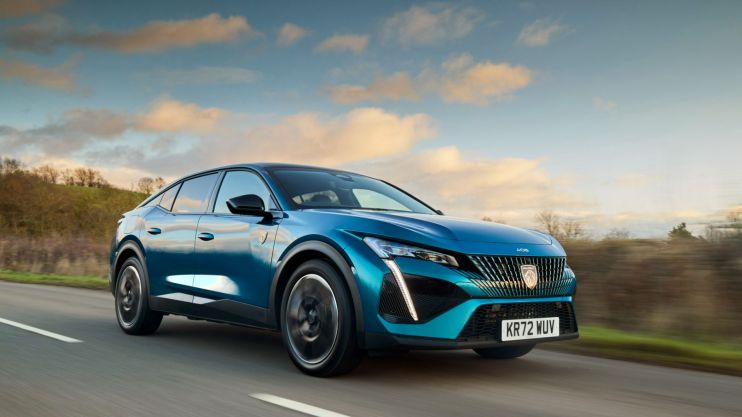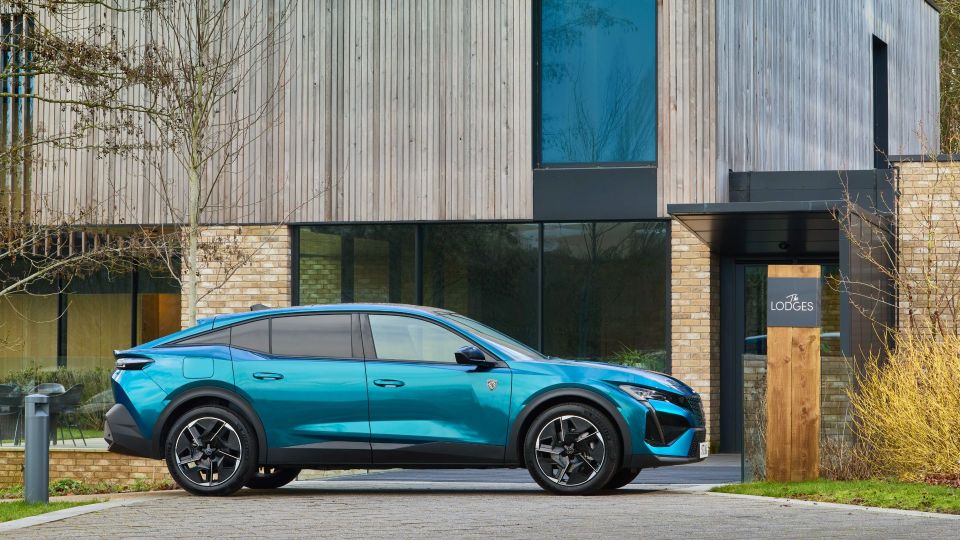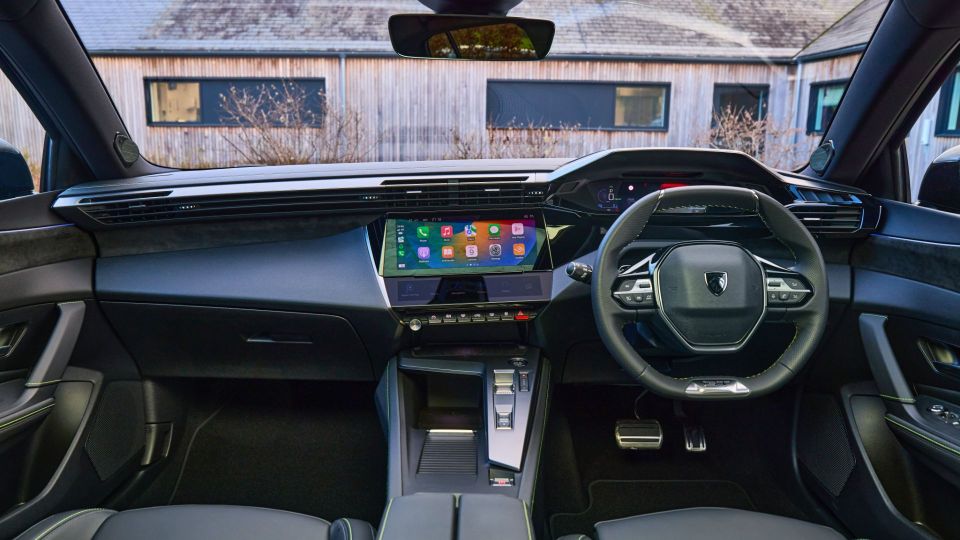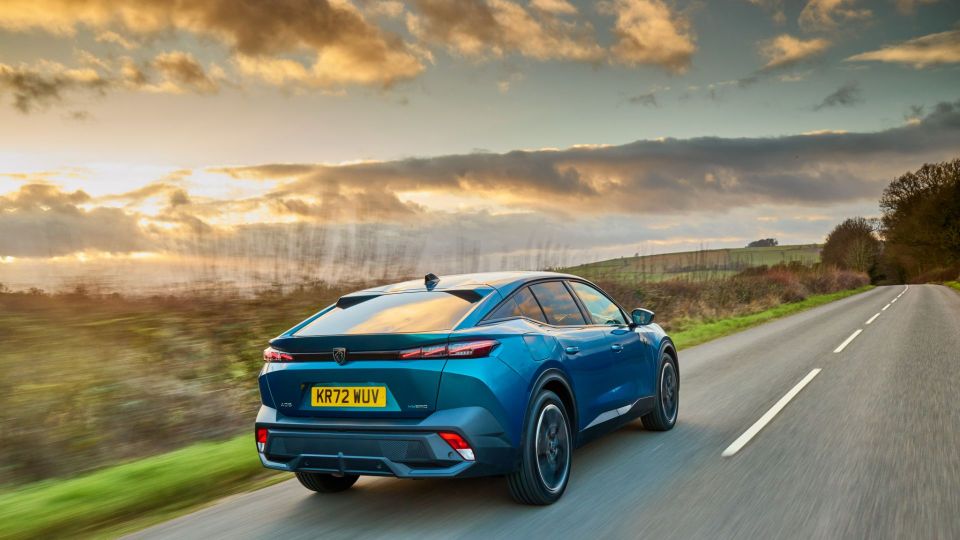Peugeot 408 Hybrid review: Lamborghini looks, low running costs

Call it a coupe SUV, call it a crossover. Whatever you call it, the Peugeot 408 is a car full of compromises. Its high-riding stance and fuller figure make it heavier, thirstier and less dynamic than an equivalent hatchback. Its swoopy roof line reduces space for passengers and luggage versus a conventional, more upright SUV. And its lack of four-wheel drive means you won’t make it far off the beaten track, either.
Still, who said cars have to make sense? Ever since BMW launched the original X6 in 2008, the coupe-styled SUV has been busy defying logic – and bolstering car company profits. Today, the 408’s many rivals include the Citroen C5 X, Renault Arkana and Cupra Formentor, along with pricier alternatives such as the Audi Q3 Sportback and BMW X4.
What the 408 lacks in ‘proper’ SUV practicality, it makes up for in pizzazz. It looks like a concept car that has escaped from the design studio. Its face is a riot of aggressive angles, framed by Peugeot’s tusk-like LED running lights, while the side profile is a restless mix of concave and convex surfaces. From the rear, if you squint a little, it does a passable impression of a Lamborghini Urus.
Feels like the future

The 408’s interior also feels quite futuristic, with a high-mounted digital display for the driver ‒ featuring 3D ‘hologram’ dials on my top-spec GT – and a touch bar below the central screen so you can configure your own shortcuts. Plush materials and ambient lighting add a sheen of near-premium quality, but headroom is limited for taller adults in the back. The rear bench is also sculpted for two people, leaving the middle passenger perched on a hump.
The engine lineup starts with a (very un-Lamborghini-like) 130hp 1.2-litre petrol, but I sampled the mid-range 180hp plug-in hybrid, which combines a 1.6-litre engine with an electric motor: good for 0-62mph in 8.1 seconds and a top speed of 140mph.
More importantly, its 12.4kWh battery provides 40 miles of zero-emissions range, meaning an official CO2 figure of just 26g/km and a lowly eight percent Benefit-in-Kind (BiK) tax rating. That’s very un-Lamborghini-like, too.
From petrol to electric

Around town, it’s refined and easy to drive, yet rather inert, with an abrupt low-speed ride on the 20-inch wheels fitted to my test car. The hefty 1,696kg kerb weight of the hybrid – some 300kg heavier than the pure petrol version – doesn’t help here.
On faster roads, the Peugeot 408 seems to settle and find its flow. Its steering is nicely weighted and the small, flat-topped wheel makes it feel eager and direct. Push harder and there’s a fair bit of body-roll, but it grips keenly, keeps calm and carries on.
The hybrid drivetrain is more of a mixed bag. The transition between petrol and electric power can be clunky, and the indecisive eight-speed automatic transmission is sometimes caught napping. Using the shift paddles doesn’t help much either, as the ’box quickly defaults back to auto mode.
In tune with our time

Factor in the hefty price premium for the hybrid, which costs from £39,995, and it probably makes sense only for tax-conscious company car drivers. For everybody else, the peppy three-cylinder 1.2 petrol (from £30,915) is the engine of choice – unless you wait for the fully electric e-408 version.
Despite its inherent compromises, the Peugeot 408 feels aligned with the zeitgeist. You wouldn’t call it beautiful, but we have to applaud the sheer chutzpah; few £40,000 family cars will turn more heads. Besides, if you’re going to sacrifice space for a style, why not stand out from the crowd? Particularly when many of them are already driving a coupe SUV.
Tim Pitt writes for Motoring Research
PRICE: From £39,995
POWER: 180hp
0-62MPH: 8.1sec
TOP SPEED: 140mph
FUEL ECONOMY: 215-270mpg
CO2 EMISSIONS: 26g/km